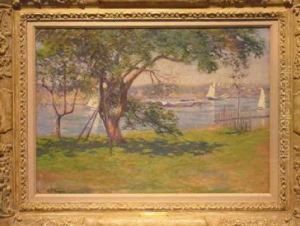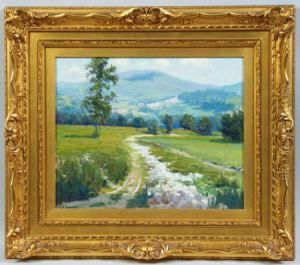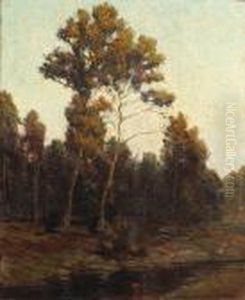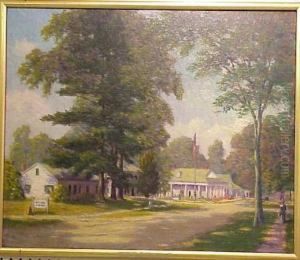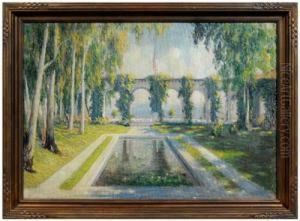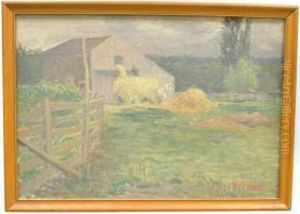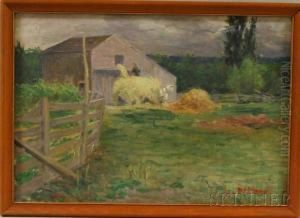Harold A. Streator Paintings
Harold A. Streator was an American artist whose life and work spanned from the late 19th century into the first half of the 20th century. Born in 1858, Streator emerged as a figure within the American art scene during a period marked by significant transformation and innovation. Though not as widely recognized as some of his contemporaries, Streator contributed to the evolving landscape of American art through his dedication to landscape painting and his exploration of emerging styles.
In the context of his era, Streator was part of a movement that sought to capture the essence of the American landscape, a theme that resonated deeply with national identity and cultural pride. His work, characterized by its attention to detail and vibrant use of color, reflects the influence of the Hudson River School and the later impressionist movements that swept through the art world at the turn of the century. Streator's landscapes often depicted serene scenes of the American wilderness, imbued with a sense of tranquility and the sublime.
Throughout his career, Harold A. Streator remained committed to his artistic vision, despite the shifting trends in the art world. His dedication to landscape painting was a testament to his belief in the genre's capacity to express the profound beauty and complexity of nature. After a long and productive career, Streator passed away in 1943, leaving behind a legacy that, while perhaps not as celebrated as that of his peers, contributes to our understanding of American art's diverse and dynamic history.
Streator's work is a reminder of the rich tapestry of artists who have shaped American art. His paintings, though less known, offer insight into the nuanced and varied approaches to depicting the American landscape. As an artist, Harold A. Streator represents a bridge between the traditional landscape painting of the 19th century and the evolving styles of the early 20th century, marking him as a significant, if understated, figure in American art history.
